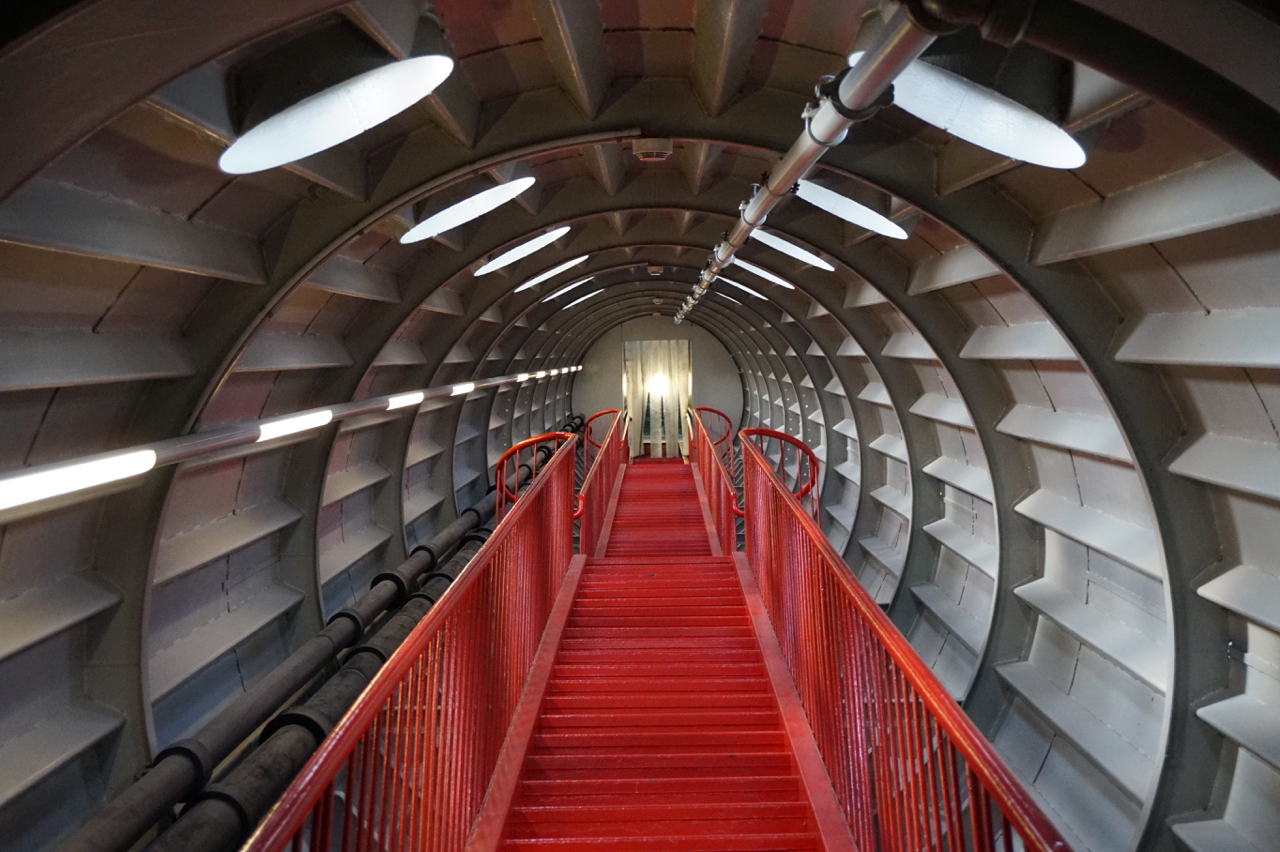Last week we had a heatwave in the UK. Heatwaves are defined as when the maximum temperature for 3 days in a row exceed a limit, across most of the South East that’s 27 Celsius [Source: Met Office]. Once considered infrequent it seems all too familiar these days, the intensely hot days followed by the warm muggy nights.. A temperature of 38.1 Celsius was recorded in Cambridge making July 25th 2019 both the hottest ever July day and the second highest temperature measured in the UK since records began.
Looking at temperature data I recorded shows how the night time temperature slowly creeps up through the week. The minimum temperature at night creeps up until, for the last two nights, it is higher than 20 Celsius.
Note: the temperature probe is in direct sunshine all afternoon (I realise that for temperature measurements this should be shaded to measure only air temperature). This leads to a sharp rise and sharp fall in temperatures when the sun pans round to hit the sensor and then again when the sun sets.- still if you are standing in the sunshine that’s how it feels, over 40 Celsius!
When the temperature overnight is so high the ability for heat which has built up in homes in the day is reduces, keeping bedrooms warmer, for longer, making sleeping very uncomfortable. Despite the increasing summer heatwaves buildings constructed in the last 15 years have faced ever increasing requirements to improve the thermal performance of the buildings fabric, which basically means buildings are better at retaining heat, reducing heating costs.
In theory the better performance can reduce the risk of heat build up, the trouble is that once buildings are warm (from solar gain in particular) retaining this heat within buildings increases the overheating unless this can be cleared with high rates of ventilation overnight - something which can be very challenging in small single aspect flats for example - especially when the lowest temperature overnight is higher than the temperature we heat bedrooms to in the winter.
So how do you keep homes cool? Firstly try to limit heat in your home. Keep curtains drawn to avoid solar gain. During the hottest part of the day, or when ever the temperature outside is higher than inside (this extends well into the evenings, especially in towns) keep windows closed. Overnight open windows as much as possible, being mindful, of course, that opportunists burglars may try to take advantage of the open windows.
Overheating in buildings is a big issue in the UK, particularly in flats. Whilst this can be nuisance throughout the year during summer heatwaves it can present real problems. During a heatwave last year [2018] there was a marked spike in mortality rates [Source: The Guardian]. The statistics correlate with expectations and it was noted that the more vulnerable people in society, the elderly and the very young had increased risk of health issues which are exacerbated by dehydration caused by the heatwave.
As a building services engineer, working on a number of developments with dwellings, my team and I always consider the risk of overheating and work closely with the architect and other designers to reduce this risk.
Climate Change / Global Warming
Climate change or global warming presents itself as both an increase in global average temperatures and an increase in frequency of more extreme weather events, i.e. higher risk of hotter and longer heatwaves. In the UK we’ve seen the highest temperature record broken with seemingly increasing frequency, records have been broken in 1990 and 2003 for the highest record temperature recorded in the UK. In 2015, 2018 and now in 2019 we have has very similar temperatures.














